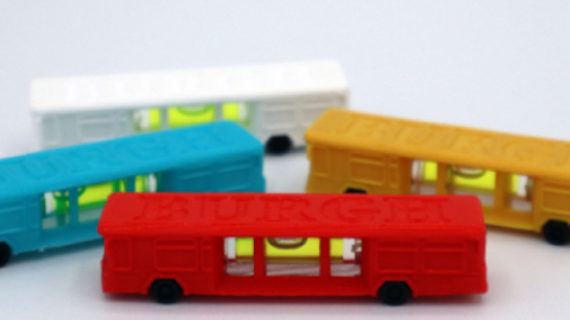
For Pittsburgh’s homeless students, transportation issues mean new schools and unfamiliar classrooms
iStock photo above via PINJ.
As the COVID-19 pandemic eases its grip on education, Pittsburgh’s homeless students have yet to return to a normal school day. Many are sitting at desks in strange classrooms surrounded by classmates and teachers they don’t know.
The severe region-wide shortage of bus drivers, which started during the pandemic, prevents homeless students from being transported back to their home districts – a right guaranteed to them under the federal McKinney-Vento Homeless Assistance Act.
“Over and over we are hearing that there are not drivers to do the work of taking students from where they are now living to their original school district. It’s definitely a very concerning and increasing problem,” said Brian Knight, manager of community engagement at the Homeless Children’s Education Fund.
This comes at a time when advocates say homelessness is on the rise because of pandemic hardships, including job and housing losses, and the numbers are predicted to go even higher given the termination of eviction moratoriums and rental assistance programs. The Allegheny County Emergency Rental Assistance Program is set to expire in May.
Students are considered homeless if they lack “a fixed, regular and adequate nighttime residence,” under the McKinney-Vento Act. The most recent data available shows there were 3,212 homeless students in Allegheny County in the 2019-2020 school year. Data for the 2020-2021 will be posted by the state Department of Education later this year.
Some local homeless students are living in shelters or motels. But the majority are housed in temporary settings doubled up with family or friends after losing their permanent residences. The moves often take children outside of their regular school districts.
The lack of transportation means a number of homeless students have been forced to switch enrollment to the school districts where their temporary housing is located, a move long known to be disruptive to their education. According to the U.S. Department of Education, it takes homeless students four to six months to recover academically after switching schools. And while this disruption continues, national and local analyses have shown that students fell behind in reading and math during the pandemic.
Even before the pandemic, homeless students typically scored lower than other vulnerable student groups, including those who are economically disadvantaged. And during the pandemic, local homeless students “spent more time without [computer] devices and experienced internet issues at a much higher rate” than their peers, said Kaitlyn Nykwest HCEF’s afterschool and enrichment director. Those issues meant it took longer for them to get back into school.
“In general, with most of the students we are seeing, they have fallen behind in terms of all academics,” Nykwest said.
HCEF is trying to fill in academic gaps through its tutoring programs in shelters and in afterschool programs. It also has a Mobile Learning Program, funded by the Richard King Mellon Foundation, that sends tutors to meet with students living outside of the shelter system.
But HCEF and school officials worry about the negative effect a prolonged bus driver shortage will have on the education of homeless students.
…
To continue reading this story about Pittsburgh’s homeless students, published by the Pittsburgh Institute for Nonprofit Journalism (PINJ), click here.
PINJ, a media partner of Kidsburgh, provides coverage of the issues that directly affect our local communities and the people who live, work and go to school in them.
Click here to read more stories on Kidsburgh by the PINJ team.








